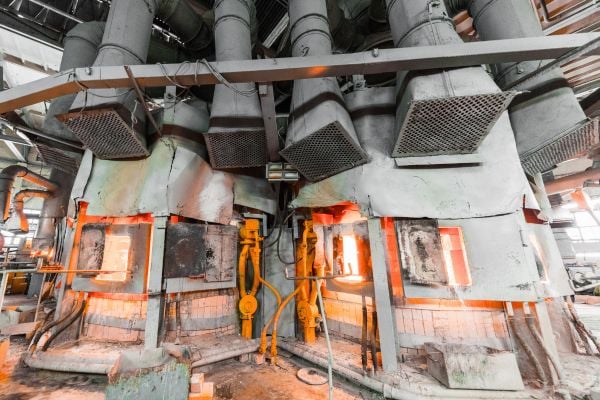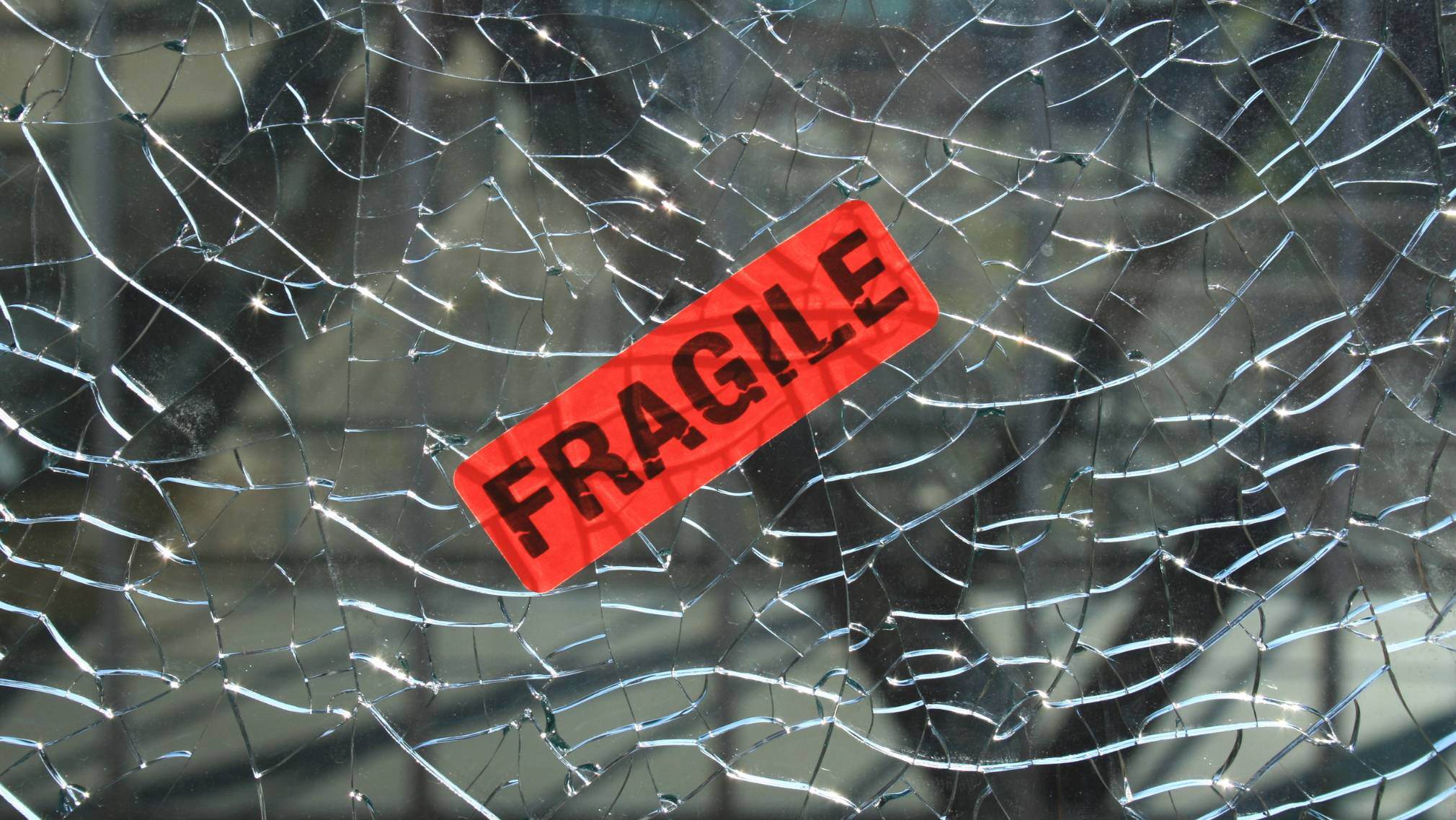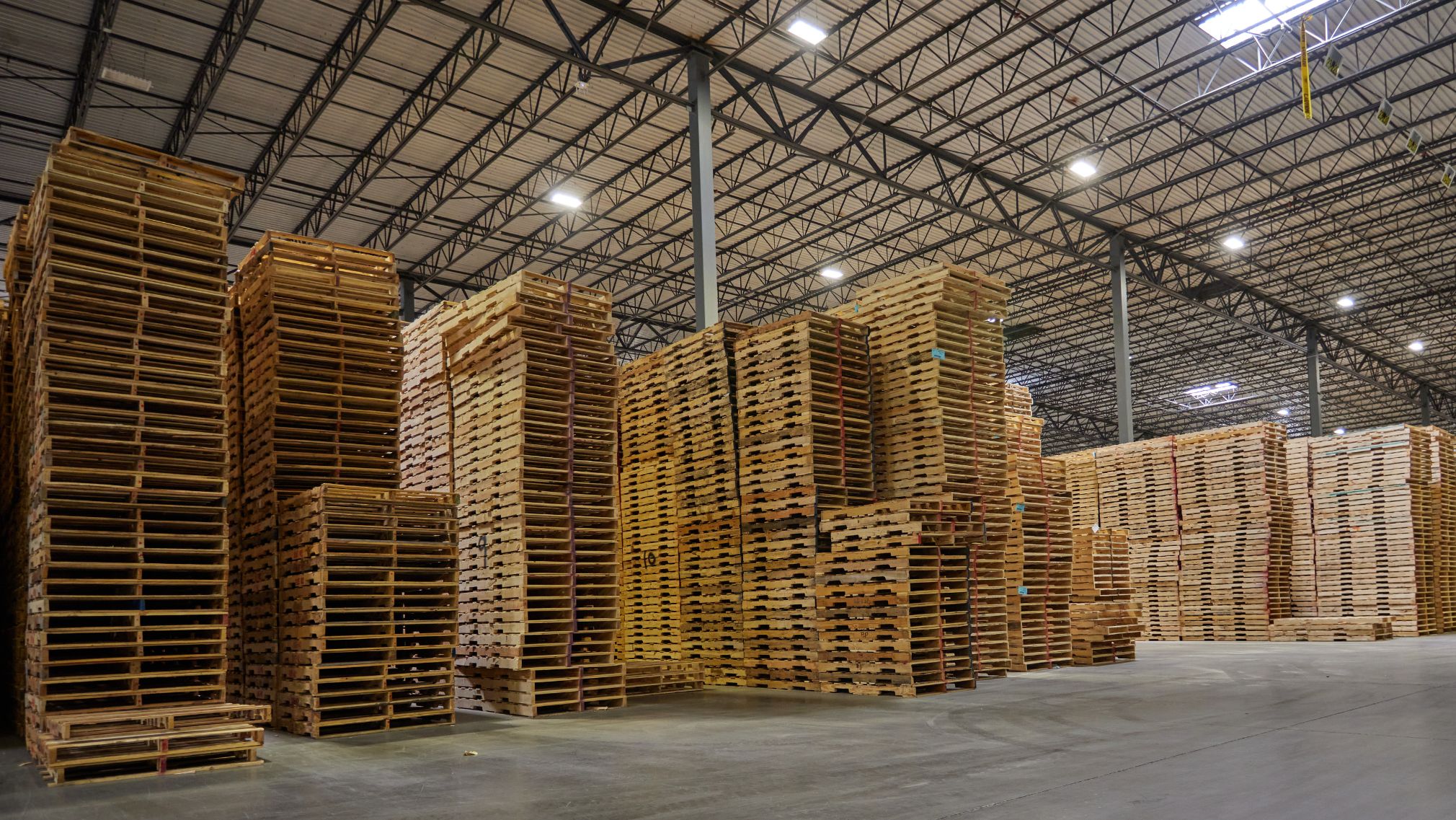How to Ship Glass and Reduce Product Damage
To ship glass products with minimal to no damage, a company must be aware of potential hurdles and tasks at every stage of the supply chain....

In an increasingly eco-conscious world, materials and products face scrutiny for their environmental impact. While materials like paper and plastic often bear the brunt of attacks, glass is no exception. Mass-produced glass remains far from biodegradable. The breakdown process for glass is inorganic and not influenced by biological efforts. However, efforts to make glass more eco-friendly have seen considerable progress over the last 50 years. For instance, glass packaging has become 30% lighter and 70% less energy-intensive to produce.
With recent advancements in the effort to decarbonize glass, industry experts expect to see more progress and optimization in 2024. Let's explore the top two trends we anticipate seeing in 2024 that will provide a more sustainable future for the glass industry.
Glass is recyclable and reusable, but its inability to biodegrade poses long-term environmental challenges. Glass is degradable, meaning it can break down, but only if facilitated by human interaction. Alternatively, biodegradability is the ability to decompose or break down by activity from bacteria or other living organisms.
Scientists have long sought to overcome this hurdle, but it starts with what makes up glass. In the race to create an efficient and scalable biodegradable glass, one scientist finally hit a breakthrough in March of 2023. According to Science Advances, Professor Yan Xuehai from the Institute of Process Engineering (IPE) of the Chinese Academy of Sciences developed a family of eco-friendly glass that is recyclable and biodegradable. This new type of glass is made from amino acids and peptides, unlike traditional glass, which is made from silicon dioxide, sodium oxide, and calcium oxide. By using amino acids and peptides, the negative environmental impacts of traditional glass can be minimized. These ingredients are biomolecules, which means they will break down naturally through bio-organisms and can be reused by ecology.
Unlike previous attempts at manufacturing biodegradable glass, this discovery from Professor Yan Xuehai overcomes the recurring issues of poor thermal stability and decomposition in high temperatures. This new variant exhibits impressive strength and durability. While this innovation is exciting, it is far from large-scale commercialization. However, this breakthrough has given scientists a boost of encouragement, advocating for glass’s green potential. We expect further information on biomolecular glass in 2024 for implementation in the coming years.
According to the Office of Energy Efficiency and Renewable Energy, glass production demands excessive energy. Raw materials must be heated and melted in very high temperatures, exceeding 1,600 degrees Celsius. This age-old heating process involves burning natural gas that releases ample amounts of CO2 into the atmosphere. Over the years, glass industry providers and the U.S. Department of Energy have worked on continually improving energy utilization to reduce emissions in the sector. This continual research and development has led to electric-powered furnaces. Melting glass with electricity saves fossil fuels and slashes the amount of CO2 emitted.

Traditional fossil-powered furnaces emit millions of metric tons of CO2 yearly.
While this method significantly increases energy efficiency, only small manufacturers utilize it. Whether this method is scalable for large manufacturers is the main culprit. The biggest challenge is the availability of reliable and cost-effective electricity. According to an article by Kanthal, The United States' infrastructure must improve to support large-scale manufacturers' transition to electrification. While it's unknown if the U.S. government will upgrade electrical infrastructure to support this process, we do expect to see other low-energy glass production methods appear. With world governments and companies committed to science-based targets to reduce emissions by 2030, the deadline for glass manufacturers is fast approaching. Furnaces built for melting glass are typically in operation for 10 to 15 years, so the decisions that manufacturers make now can have future consequences. With that in mind, we expect to see more small-scale glass manufacturers in the U.S. transition to this method with other possible low-energy production method breakthroughs in 2024.
Glass, an indispensable material for countless industries and our everyday lives, faces scrutiny over the environmental impact of high carbon emissions. Anticipated trends suggest a shift towards a more sustainable and advanced glass industry with biodegradable options. Efforts to adopt low-energy production methods will significantly lower carbon emissions. As the industry addresses environmental concerns, these trends paint a promising future for the glass industry. In 2024, expectations are high for news of further breakthroughs.
Are you looking for tailored industrial packaging solutions for your glass products? Your search ends with UFP Packaging. As North America’s largest total packaging solutions provider, we offer a range of proprietary crating solutions, protective packaging, and testing and design services. With more than 90 facilities worldwide, we are well-equipped to meet your regional, national, and global packaging needs.
Call us at (855) 680-0847 or request a consultation here.
Want to receive all of the latest packaging news and insights?

To ship glass products with minimal to no damage, a company must be aware of potential hurdles and tasks at every stage of the supply chain....

Creating a workplace culture of health and safety is about finding and preventing dangers that an employee could be exposed to. All organizations...

In pursuing operational excellence, businesses are increasingly reevaluating their strategies to navigate intricate supply chain dynamics. If your...